Green Lynx Spider
Banana Spider
Red-femured Spotted Orbweaver Spider
Banded Garden Spider
Northern Crab Spider
Silver Garden Orbweaver
Dewdrop Spider
Tiny Dewdrop Spiders (Argyrodes sp.) are easy to miss. Nature has designed their abdomens to reflect light and appear to be a dewdrop glimmering in the sun.
Dewdrop spiders do not spin their own webs. Instead, they perch on the outer edge of a larger spider’s web. Once an insect is captured in the web, the tiny Dewdrop Spider will wait patiently until the host spider leaves the web before moving in to steal a bit of the prey.
Dewdrop spiders are aptly known as kleptoparasites.
Photo Credit: Andy Waldo
Regal Jumping Spider
Regal Jumping Spiders (Phidippus regius) are cute little fuzzy spiders typically found around immature woodland habitats. They can also be found hanging out on your windshield. Black and white features identify males. Females are grey or brown in color. These spiders may be expert jumpers, but they also produce a dragline in case they miss their target.
Males perform a romantic dance to woo the females. They show off their handsome leg fringe and bright metallic green chelicerae. If the lady is impressed, they will cohabitate in dried leaves such as old palm fronds. When the mating time arrives, the male does another type of romantic dance that is different from his courtship dance. During this dance, he shows off his dance moves and then plays a game of peek-a-boo with the female through the tent-like web. Once the female allows him in, he softly pets her several times before mating occurs. Quite the charmer, isn’t he?
When it comes time to lay eggs, the female will produce several nests under pine and oak trees. Several hundred eggs can be laid during this time. Babies will consume small invertebrates. While they may strike fear into other insects, they are relatively harmless to humans. Rough handling of the spiders may prompt a bite that can sting for several minutes before subsiding.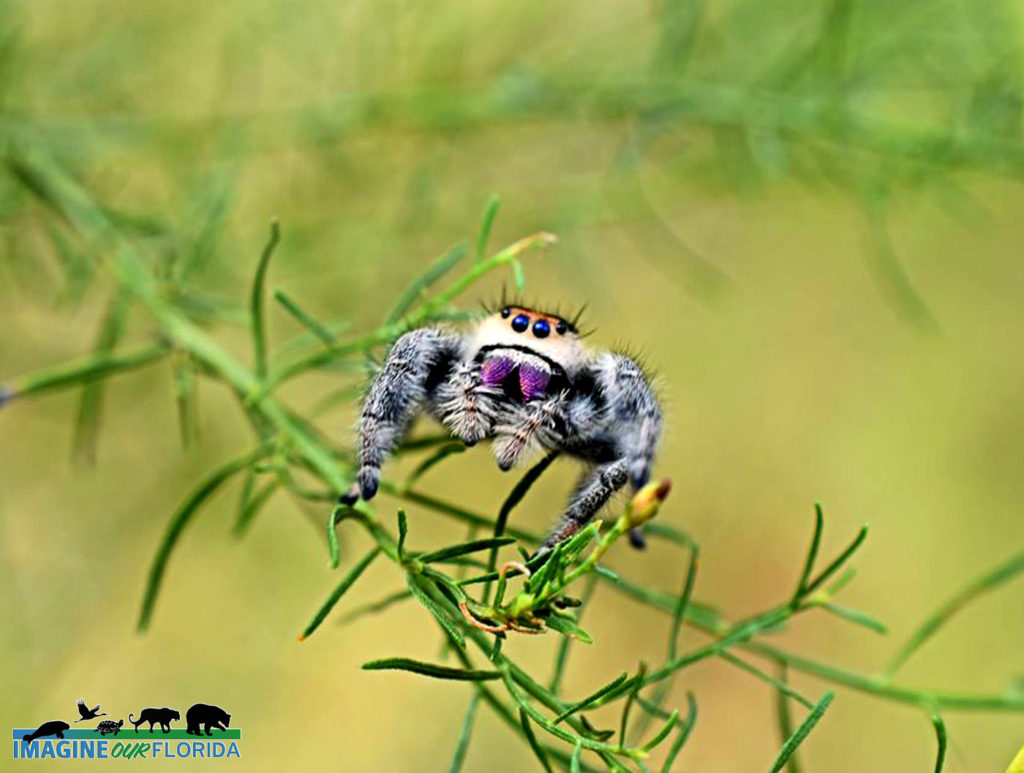
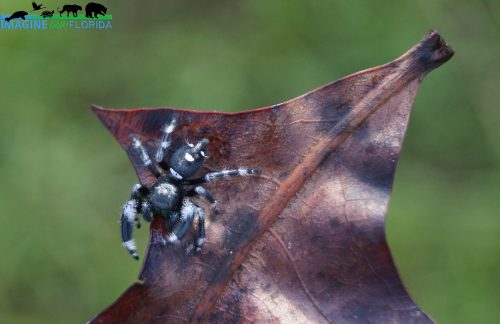
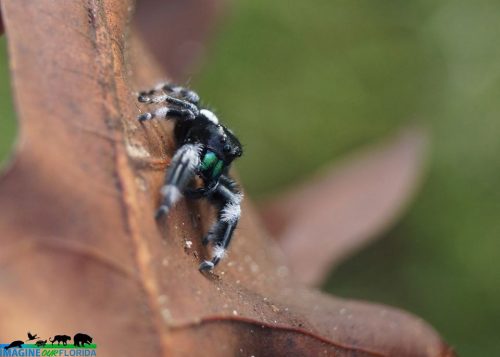

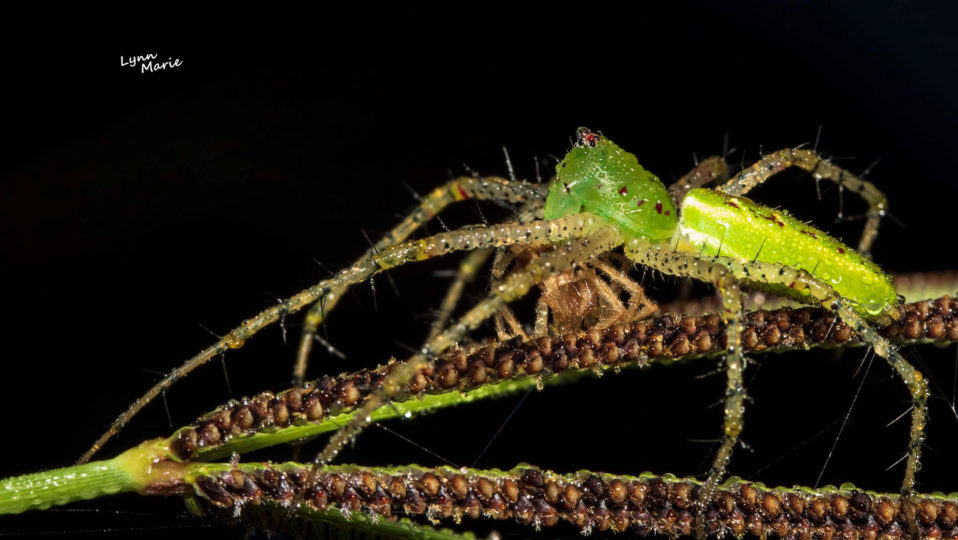
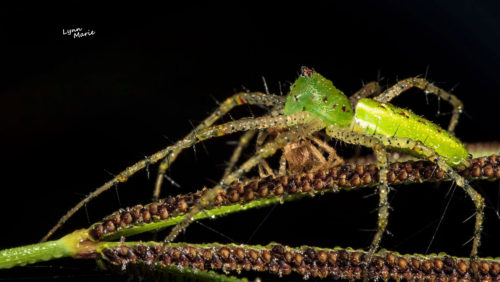
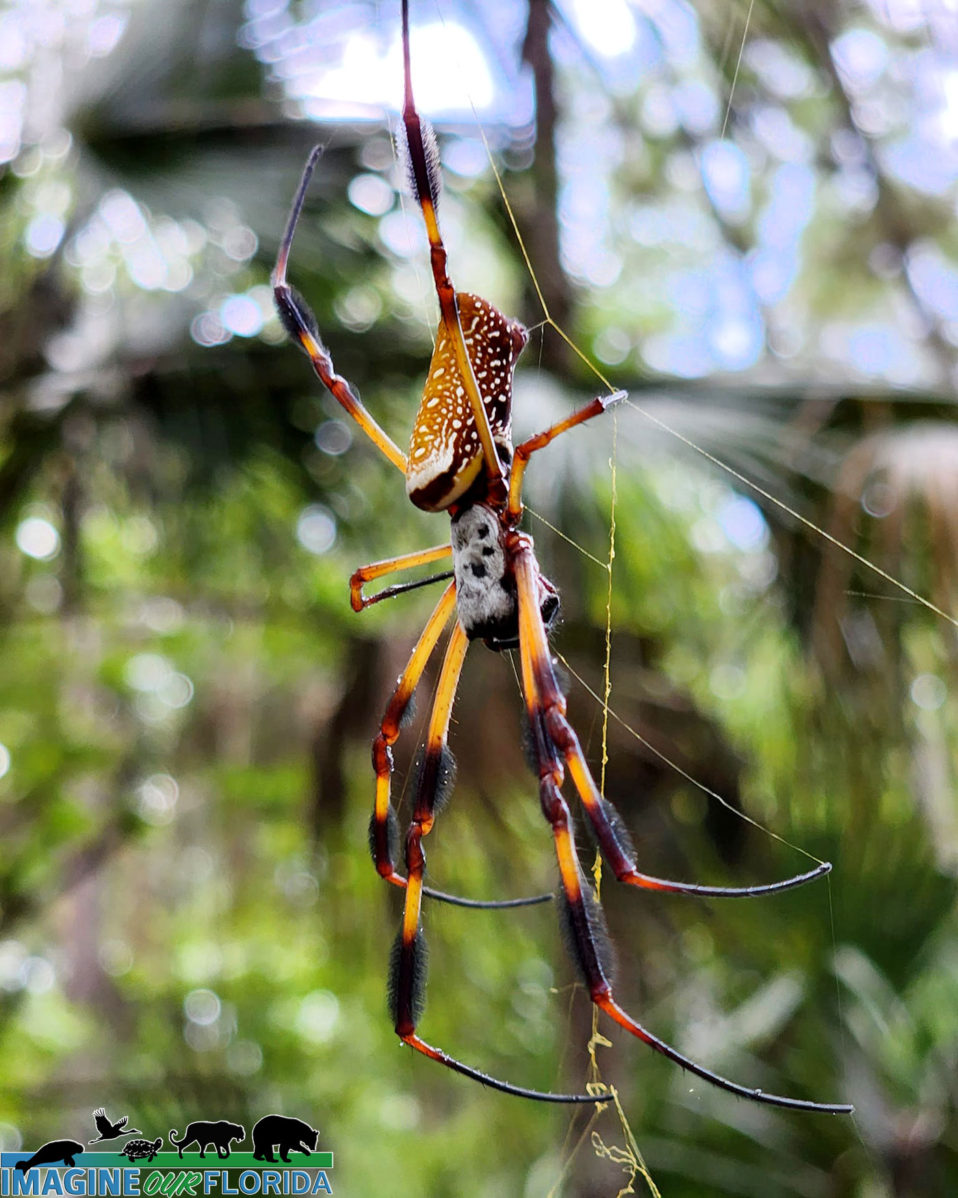
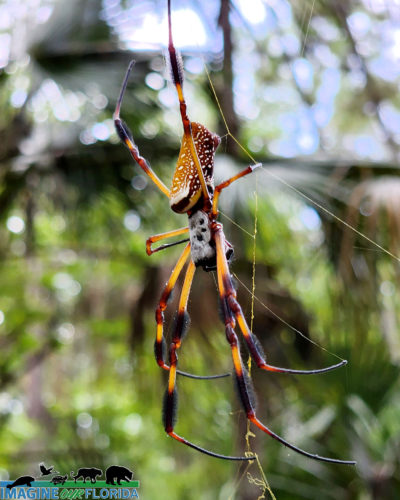
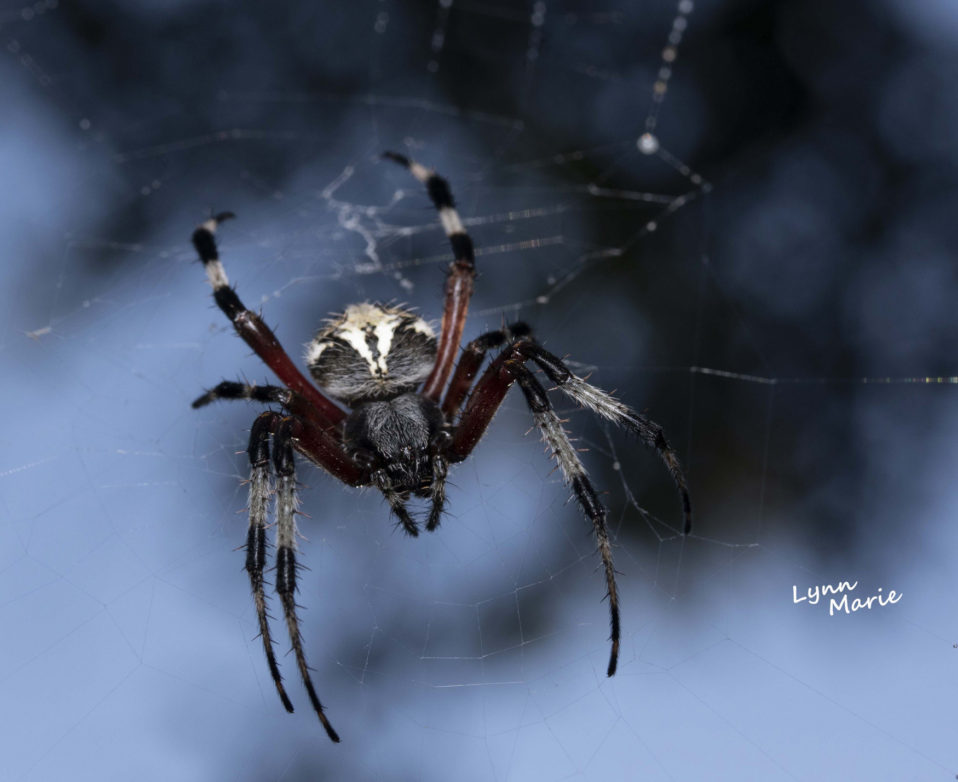
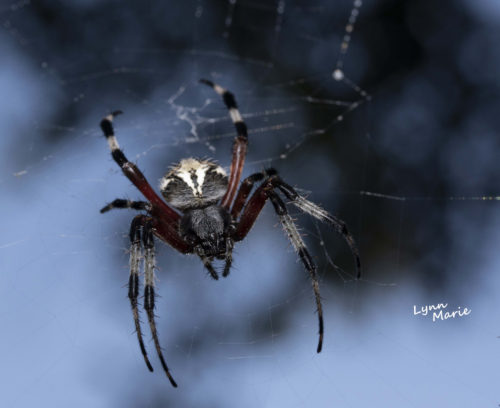
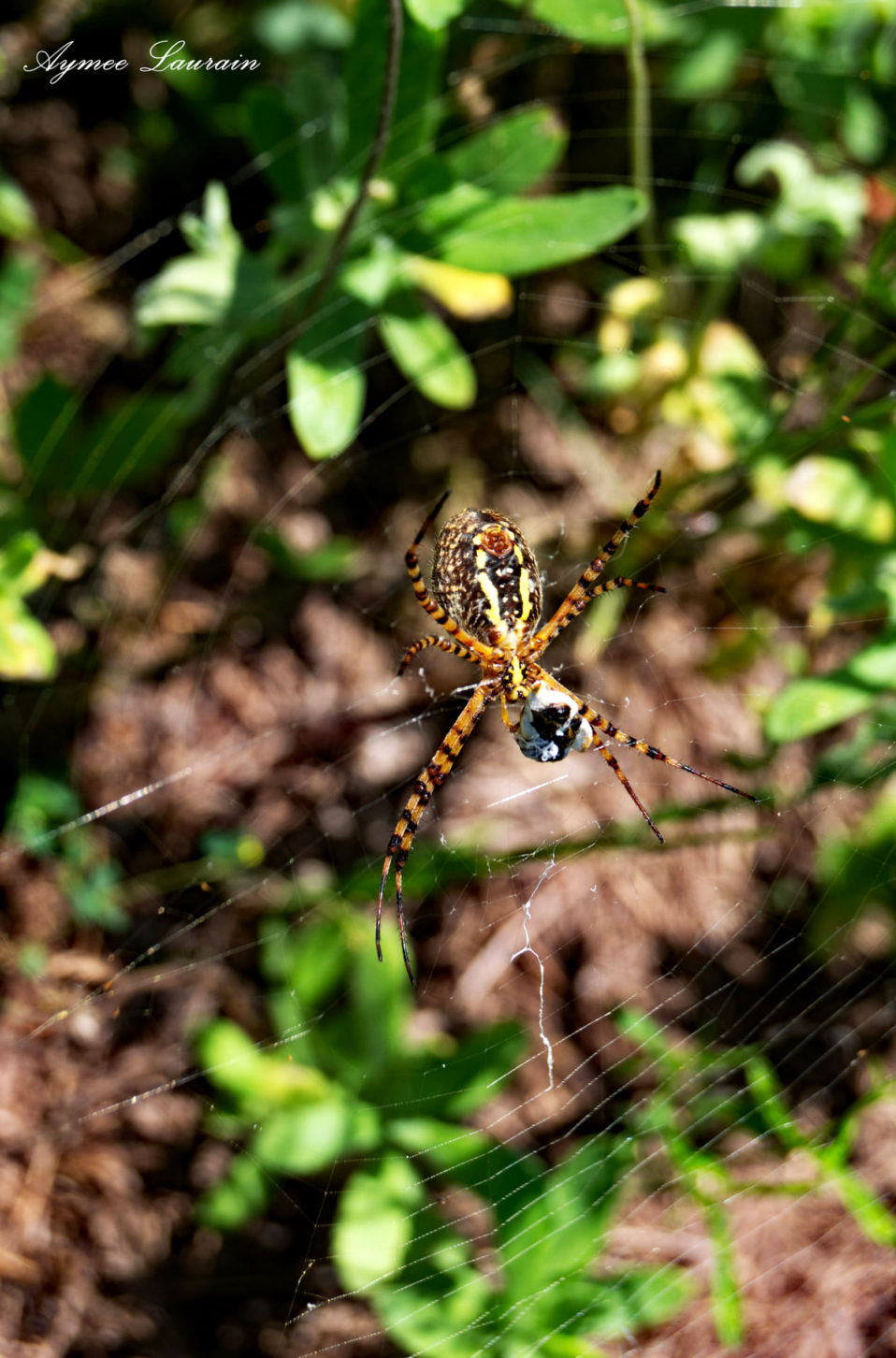
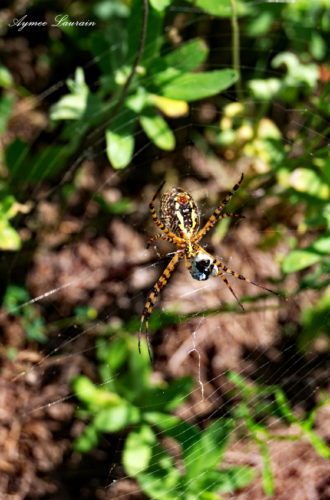
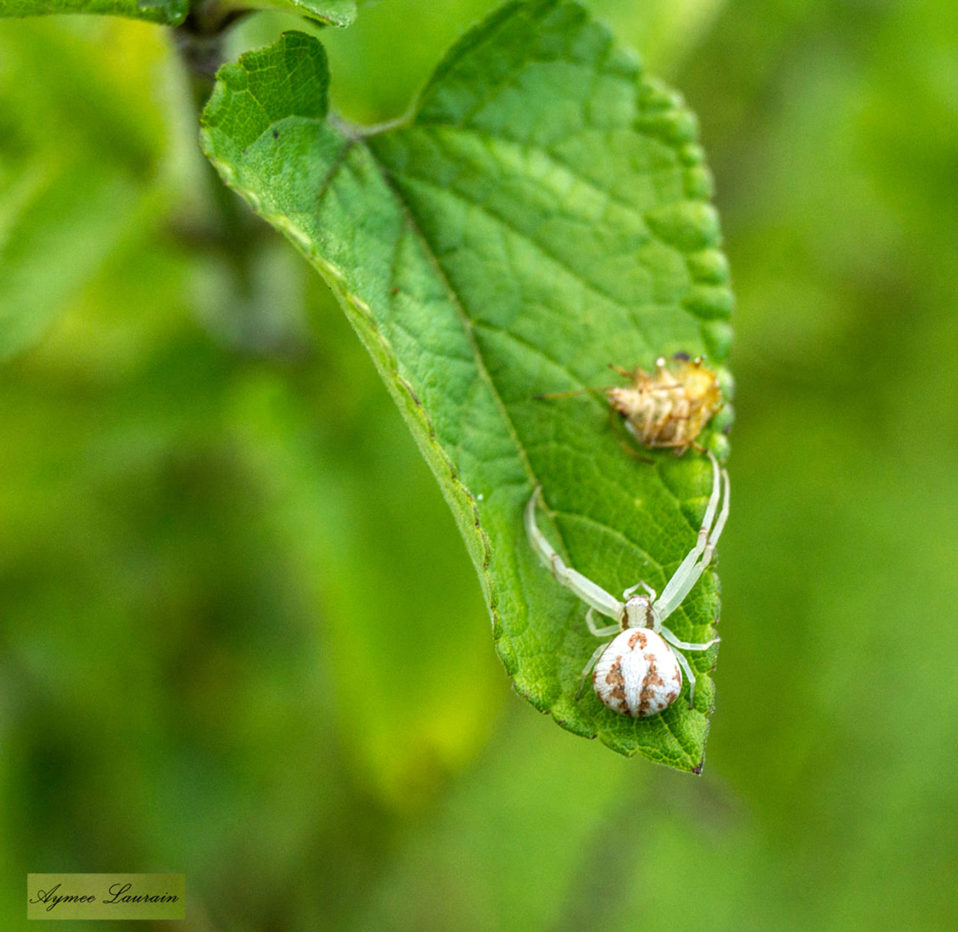
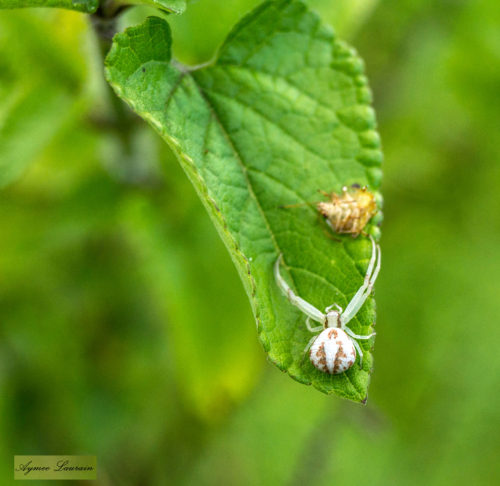
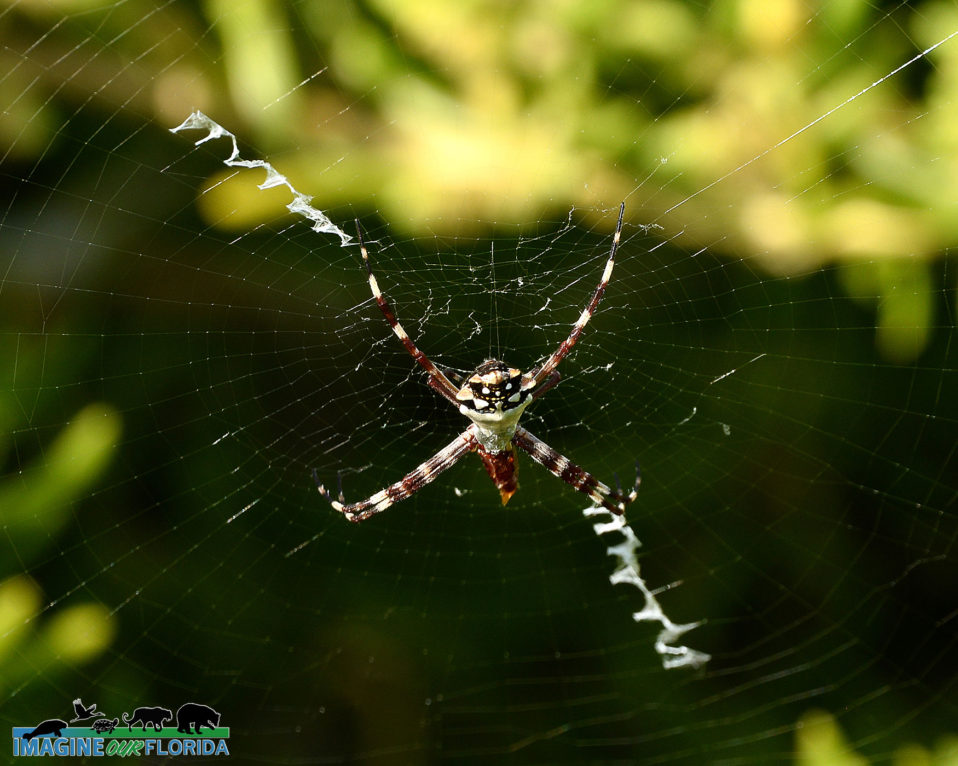
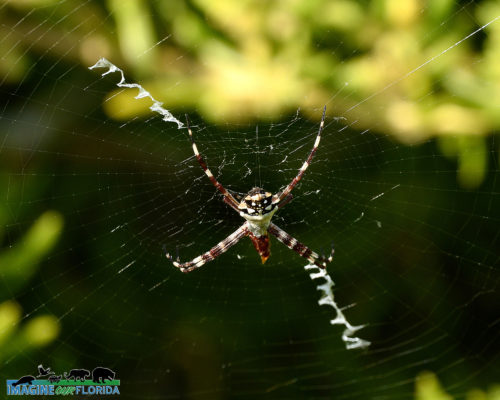
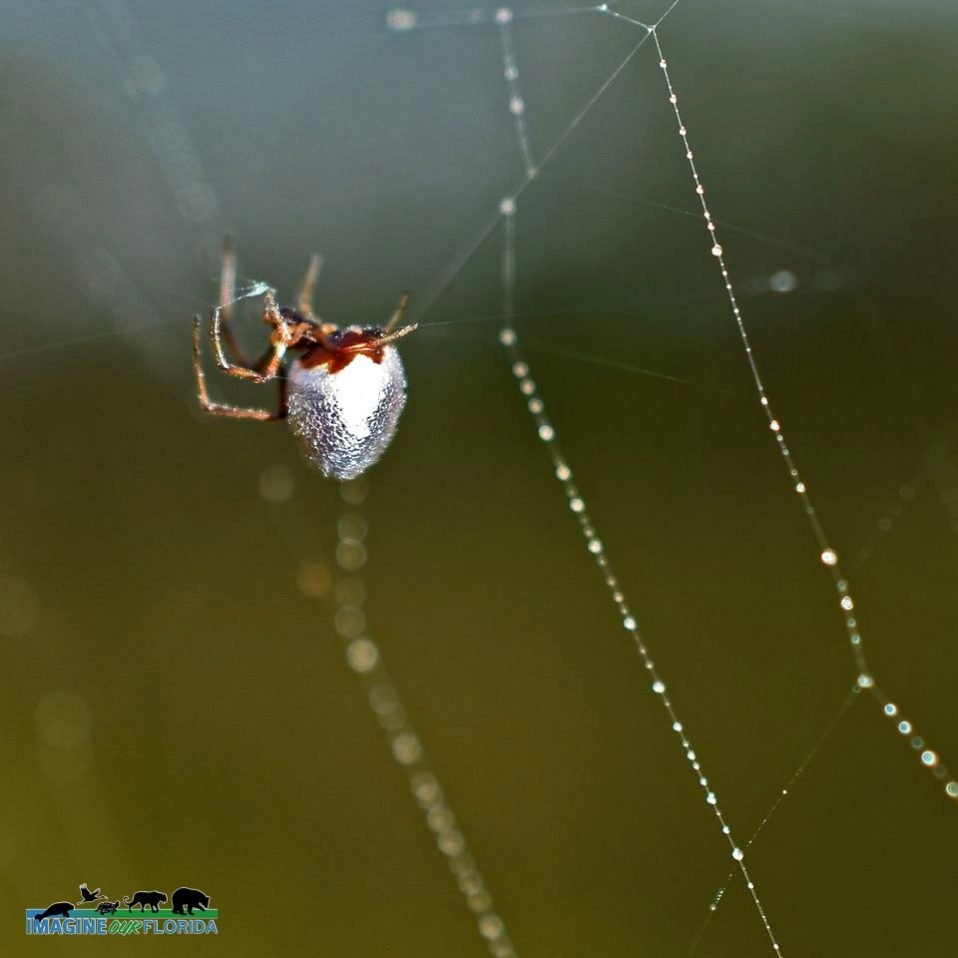
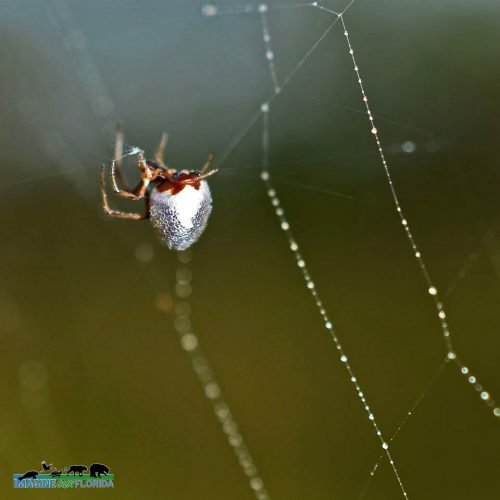
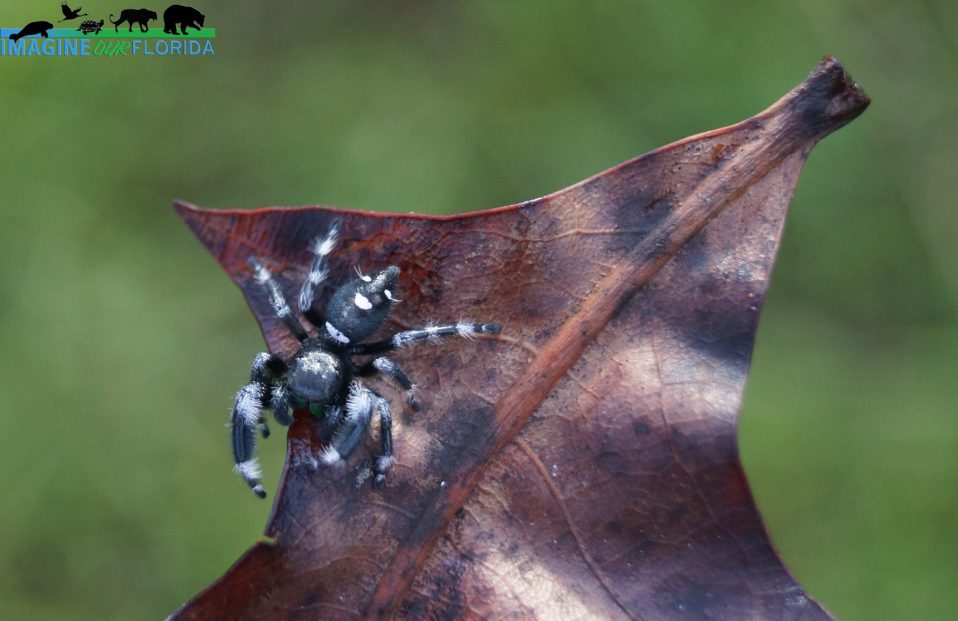
Recent Comments